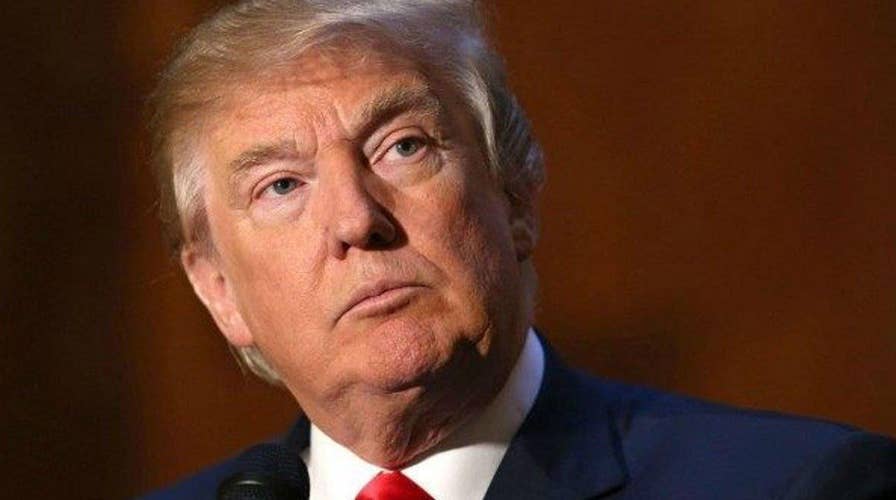Trump's trillion dollar infrastructure plan concerns GOP?
Trump economic adviser and Fox News contributor Steve Moore weighs in
Modern infrastructure is a wonder of our time, but it ain’t easy.
For the Trump administration to create 4 million infrastructure jobs and inject $1 trillion into the American economy, it needs to bring real professionals to the fight, not policy wonks; Main Street, not Wall Street; Robert Moses, not inside the Beltway technicians.
The president needs to become serious about the issue now because his moment diminishes with each passing 24 hours.
The U.S. is one-third through the first 100 days of the new administration, and the grand infrastructure plan has already become a victim of bureaucratic infighting by insiders. They are the same people against whom candidate Trump railed.
Take the 50 projects compiled by an advisory task force in which I participated during the presidential transition period. They will attract $240 billion – mostly in private dollars – and create nearly 700,000 jobs. The projects are ready to go, but they run the same risk of the Obama Administration’s $830 billion taxpayer-funded stimulus program. They lack leadership with an “everyone gets a trophy” refusal to pick the winners and a bias toward inaction based upon the advice of second-rate experts.
Electricity generation and transmission, airport modernization and lock and dam upgrades are the lifeblood of our country. They are now all strangled by red tape that leaves billions on the sidelines when such capital could fund great endeavors. Moving forward on the three urgent, yet virtually invisible, themes will drive incredible investment.
Rebuild the Largest Machine on Earth. The U.S. electricity system, with 450,000 miles of high-tension transmission lines, represents our greatest achievement and our greatest vulnerability. Four new electricity transmission lines alone would usher $30 billion in new capital and create 51,000 direct and indirect jobs. The Plains & Eastern Clean Line – the first new transmission line sited in this country in 45 years – would generate more than $9 billion in new investment. Modernizing the grid itself would also aggressively address the cybersecurity risks that expose us to attack every day.
Restore Order to our Skies. Nations like Canada and the United Kingdom employ satellites and GPS to guide their air traffic while the U.S. relies upon antiquated radar and radio. Upgrading these less-than-cutting-edge technologies would dramatically increase airport efficiency and safety and drive some $165 billion in financial benefit. After modernizing the brains of a complex structure, the rest naturally catches up. An air traffic control system upgrade would in turn reinvent one of our country’s fundamental economic development engines through private capital for runways, terminals and connection networks.
Revitalize the Mighty Mississippi. There is no greater story of neglect and immediate opportunity than that of our greatest natural resource, the Mississippi River. The river system enables us to produce for the world and attract prosperity to 31 states. Look at the Southwest Pass below New Orleans, requiring less than $100 million per year of dredging to facilitate cargo flow, or the 100-year-old Soo Locks that control steel and iron trade with Canada and the rest of the planet. All that they require is a plan focused on priorities that the Army Corps of Engineers oversees.
Naysayers are no doubt wringing their hands about funding. In a study we recently completed with the Boston Consulting Group we demonstrate that these undertakings – all of which are privately funded – are revenue positive to the Treasury.
Speaking of revenue streams, naysayers will also insist that only the already rich will benefit.
The great secret about infrastructure is its leveling effect, so long as it’s managed by Main Street, not Wall Street, and for users, not sophisticated investors. Everyone benefits from less expensive electricity, safer and more efficient air travel and predictable and more productive river trade. That’s why we call it a public good.
Building on these themes will create enormous benefit to the American public. They are opportunities that, to paraphrase Steve Jobs, we will know when we see them. They create investment potential for everyone, from pension funds to individual shareholders who want to own the infrastructure that benefits them.
This is the business for today. We need positive and bipartisan leadership in place and the projects defined. With the battle upon us, the president needs to understand the urgency of action.

